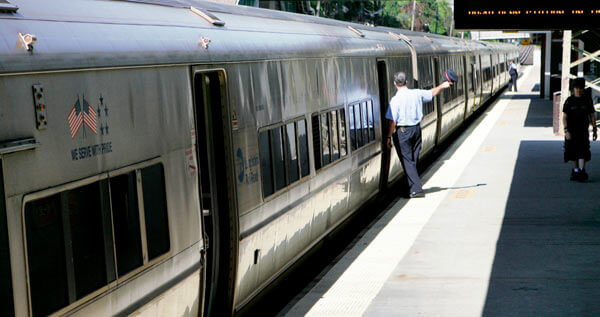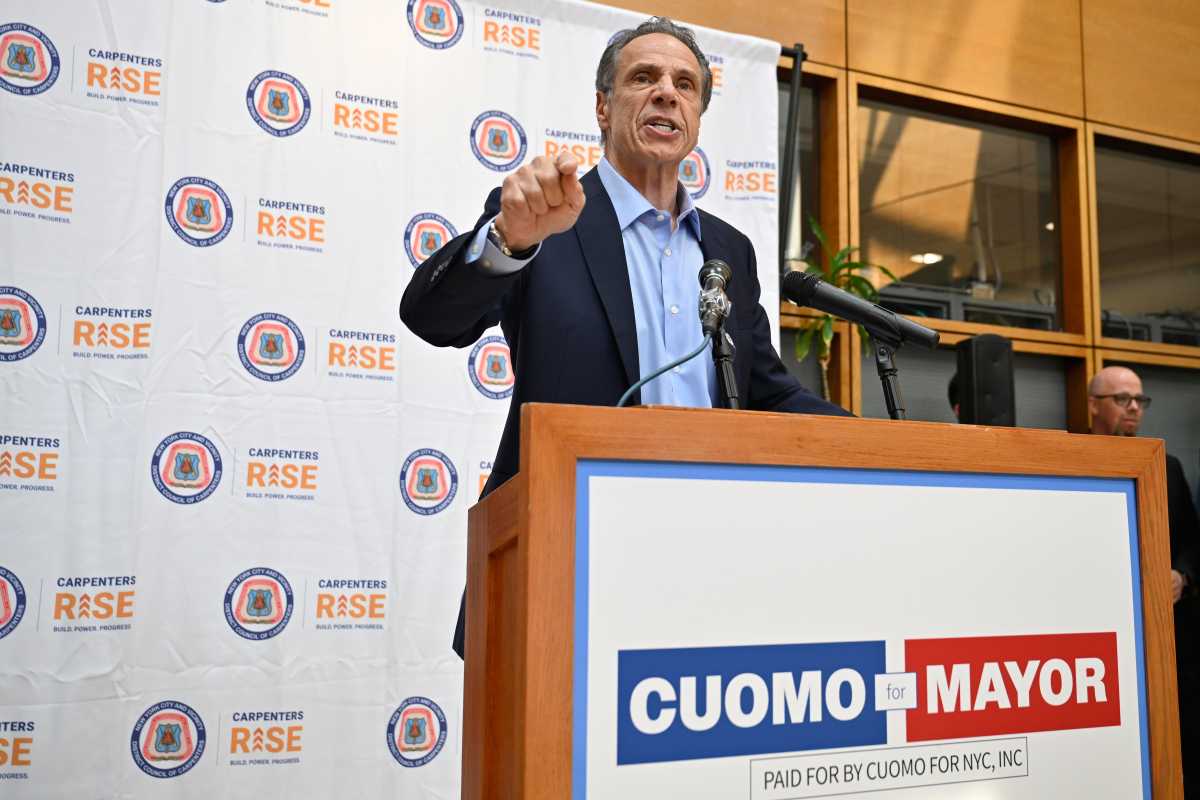BY COMPTROLLER SCOTT STRINGER AND ASSEMBLYWOMAN NILY ROZIC
In recent years, New York City has undergone profound economic and demographic shifts, most of them outside of Manhattan. Over the last two decades, more than three quarters of the city’s job and population growth have occurred in Queens, Brooklyn, and the Bronx – a dramatic residential and economic explosion that has radically changed the transportation needs of New Yorkers.
Unfortunately, the MTA has not kept pace with these changes, instead relying on a subway system built mostly in the last century and a bus system that is now the slowest in the nation. And things aren’t going to get better anytime soon, with the MTA proposing fare hikes and service cuts to close its ballooning budget deficit.
Fortunately, there is a sliver of hope: the Outer Borough Transportation Fund, a little-known, $50 million addition to the State budget that was legislated last year in conjunction with the a surcharge on for-hire vehicles.
The intent of the fund is to improve transit outside of Manhattan, and we believe there is a way to put those dollars to great use — the MTA should open up its commuter rail systems to New York City residents by lowering fares for all in-city trip to the price of a Metrocard swipe, and allowing free transfers to all subways and buses.
With 22 LIRR stations in Queens, three in Brooklyn, and 13 Metro-North stops in the Bronx, this would have a dramatic and immediate impact. Many of these stations have the potential to drastically improve the ability of New Yorkers to get where they need to go, but they are all but out of reach to city residents due to prohibitively expensive (and unfair) fares.
While it costs only $3.25 to travel dozens of miles on the LIRR from Montauk to Westhampton or Oyster Bay to Floral Park, the same peak hour trip from Queens Village to Long Island City or Bayside to Penn Station is an astronomical $10.25. Traveling from the Bronx to Grand Central Station, meanwhile, costs $9.25 during commuting hours.
We need to get back to building a transit system deserving of New Yorkers, and the Outer Borough Transportation Fund is a good place to start. It should be dedicated to upgrading local commuter rail service by reducing fares and increasing the number of trains that stop in the city.
For the 1.4 million Queens, Bronx, and Brooklyn residents living near a local commuter rail station, more affordable and frequent service will be transformative – slashing commute times, improving job access, and bringing high-quality, accessible rail service to transit desserts throughout the city. Now, more than ever, we need to be offering these robust and viable transit alternatives.
The MTA cannot delay any longer – the time to act is now! A five borough city and five borough economy demands a robust and dynamic five borough transit system.




































